Dimethyl phosphonate

Dimethyl phosphonate structure
|
Common Name | Dimethyl phosphonate | ||
|---|---|---|---|---|
| CAS Number | 868-85-9 | Molecular Weight | 110.049 | |
| Density | 1.2 g/mL at 25 °C(lit.) | Boiling Point | 170.5±0.0 °C at 760 mmHg | |
| Molecular Formula | C2H7O3P | Melting Point | N/A | |
| MSDS | Chinese USA | Flash Point | 29.4±0.0 °C | |
| Symbol |


GHS07, GHS08 |
Signal Word | Warning | |
| Name | Dimethyl phosphonate |
|---|---|
| Synonym | More Synonyms |
| Density | 1.2 g/mL at 25 °C(lit.) |
|---|---|
| Boiling Point | 170.5±0.0 °C at 760 mmHg |
| Molecular Formula | C2H7O3P |
| Molecular Weight | 110.049 |
| Flash Point | 29.4±0.0 °C |
| Exact Mass | 110.013283 |
| PSA | 59.00000 |
| LogP | -1.31 |
| Vapour Pressure | 1.9±0.3 mmHg at 25°C |
| Index of Refraction | n20/D 1.402(lit.) |
| Stability | Stable. Moisture sensitive. Incompatible with water, strong oxidizing agents, acid chlorides, strong bases. |
CHEMICAL IDENTIFICATION
HEALTH HAZARD DATAACUTE TOXICITY DATA
MUTATION DATA
|
| Symbol |


GHS07, GHS08 |
|---|---|
| Signal Word | Warning |
| Hazard Statements | H317-H341-H351-H412 |
| Precautionary Statements | P273-P280 |
| Personal Protective Equipment | Eyeshields;Faceshields;full-face respirator (US);Gloves;multi-purpose combination respirator cartridge (US);type ABEK (EN14387) respirator filter |
| Hazard Codes | Xn:Harmful |
| Risk Phrases | R10;R21;R36 |
| Safety Phrases | S26-S36/37 |
| RIDADR | UN 3278 6.1/PG 3 |
| WGK Germany | 1 |
| RTECS | SZ7710000 |
| Packaging Group | III |
| Hazard Class | 3.2 |
| HS Code | 2920901300 |
| Precursor 10 | |
|---|---|
| DownStream 9 | |
| HS Code | 2920909090 |
|---|---|
| Summary | 2920909090 esters of other inorganic acids of non-metals (excluding esters of hydrogen halides) and their salts; their halogenated, sulphonated, nitrated or nitrosated derivatives。Supervision conditions:None。VAT:17.0%。Tax rebate rate:9.0%。MFN tariff:6.5%。General tariff:30.0% |
|
Does phosphoryl protonation occurs in aqueous phosphoesters solutions.
Spectrochim. Acta. A. Mol. Biomol. Spectrosc. 62(1-3) , 287-92, (2005) Ionisation of trimethylphosphate (TMP), dimethylphosphate (DMP) and diethylphosphate (DEP) is investigated by acidic titration in water by Raman (R), Fourier transform infrared (FTIR) and nuclear magn... |
|
|
Dealkylation of phosphonate esters with chlorotrimethylsilane.
Nucleosides Nucleotides Nucleic Acids 20(4-7) , 1299-302, (2001) Chlorotrimethylsilane completely dealkylates phosphonate esters at elevated temperature in a sealed reaction vessel. These conditions are tolerated by a variety of functional groups and lead to high c... |
|
|
Multidimensional analytical method based on binary phase shaping of femtosecond pulses.
J. Phys. Chem. A 109(11) , 2413-6, (2005) Multidimensional chemical detection and identification based on phase shaped femtosecond laser pulses coupled to mass spectrometry is demonstrated. The method based on binary phase shaping (BPS) takes... |
| dimethyl H-phosphonate |
| Dimethylfosfit |
| Dimethyl phosphonate |
| dimethyl hydrogen phosphonate |
| Dimethylfosfonat |
| monomethyl methyl phosphonate |
| dimethylacidphosphite |
| phosphonic acid dimethyl ester |
| DIMETHYL PHOSPHITE |
| O,O-dimethyl phosphonate |
| (CH3O)2PHO |
| Phosphonic acid, dimethyl ester |
| Dimethylphosphit |
| EINECS 212-783-8 |
| MFCD00044633 |
 CAS#:67-56-1
CAS#:67-56-1 CAS#:13590-71-1
CAS#:13590-71-1 CAS#:121-45-9
CAS#:121-45-9 CAS#:18106-71-3
CAS#:18106-71-3 CAS#:149-73-5
CAS#:149-73-5 CAS#:122194-07-4
CAS#:122194-07-4![dimethyl [4-(diphenylmethylene)-1,4-dihydro-1-hydroxynaphthyl]phosphonate Structure](https://image.chemsrc.com/caspic/293/80094-07-1.png) CAS#:80094-07-1
CAS#:80094-07-1 CAS#:62-73-7
CAS#:62-73-7 CAS#:70983-17-4
CAS#:70983-17-4 CAS#:87431-89-8
CAS#:87431-89-8 CAS#:108682-50-4
CAS#:108682-50-4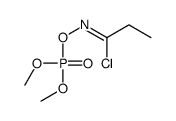 CAS#:111737-71-4
CAS#:111737-71-4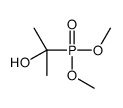 CAS#:10184-68-6
CAS#:10184-68-6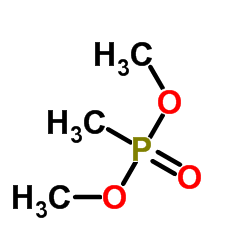 CAS#:756-79-6
CAS#:756-79-6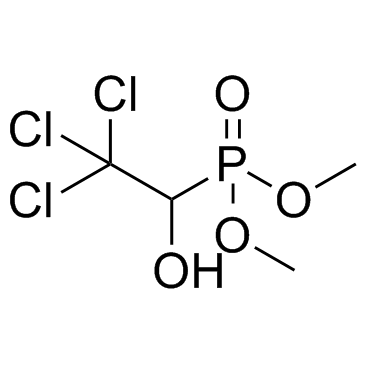 CAS#:52-68-6
CAS#:52-68-6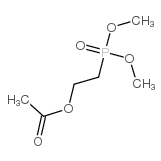 CAS#:39118-50-8
CAS#:39118-50-8 CAS#:36198-87-5
CAS#:36198-87-5![2-[(2-chlorophenyl)-dimethoxyphosphorylmethyl]propanedinitrile structure](https://image.chemsrc.com/caspic/053/141996-40-9.png) CAS#:141996-40-9
CAS#:141996-40-9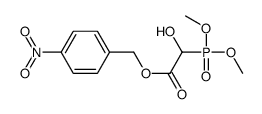 CAS#:144659-36-9
CAS#:144659-36-9